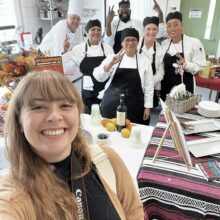For the last few years, Boone United Methodist Church has worked to partner with neighboring Hardin Park Elementary School, which is located less than half a mile away.
Over time, that partnership has included things like members serving as lunch-buddy mentors, or sharing the church building for beginning-of-year faculty meetings and end-of-year student tests. But two years ago, church leaders met with school administrators to see how they could grow their partnership further.
“They had said there’s a huge need for afterschool, that their afterschool waitlist was like 40 students long,” said Laura Byrch, the church’s pastor of community engagement. “And they (said) the biggest thing was if there was any way we could help find afterschool programs that could serve some of those kids. We were like, ‘Okay, we’ll work on it.’”
A few months later, once Boone UMC had found a program director and worked out other logistical details, Hardin Park leaders had good news — the waitlist for their afterschool program had decreased to just two students. Unfortunately, that meant the church’s program was on hold. Still, church and school leaders were sure they could still find a different opportunity to partner.
Eventually, after also talking with other school and community leaders, Boone UMC pivoted to a different idea: launching a bilingual afterschool program to primarily serve newcomer students from Latin America who need more support in learning English. According to 2023-24 enrollment data, nearly 11% of Watauga County School’s student population is Hispanic or Latino.
So in March 2024, Boone UMC successfully did just that with 24 students from Hardin Park and Parkway School. Though geared toward Spanish-speaking students, the program also included a few English-speaking students who wanted to learn Spanish while helping their Spanish-speaking peers with language acquisition.
Boone UMC does not use the program to proselytize to students and their families, Byrch said, but it does aim to “live out their faith” by serving and building relationships with students.
“We feel like these are the kinds of things Jesus would do,” said Byrch, who was a rural fellow with Duke Divinity School when the program started. “Just being able to show love and care and especially to kids, knowing how important that those early years of education are. … I think just being able to have these ways to love kids in our communities helps make our community a stronger place.”
Today, the program is now in its third semester, following the school calendar and running from August to June. When it first started, the program was only offered on Tuesday and Thursday afternoons. Now, it runs Monday through Thursday.
The program’s mission, according to Boone UMC’s website, is to “provide a safe, loving, and nurturing environment for 3rd-8th grade students after their school day ends” and “help predominantly Spanish-speaking children improve their English skills and help predominantly English-speaking children improve their Spanish skills while helping build connections and relationships among students and families across languages and cultures.”
“It’s been absolutely fantastic. The kids are so funny and kind,” Becca Wood, program co-director, told EdNC last spring. “They have a good time, but they’re also learning material. So I think that’s the best bit of feedback we’ve received, is that’s when the kids learn the most — when they feel most comfortable.”
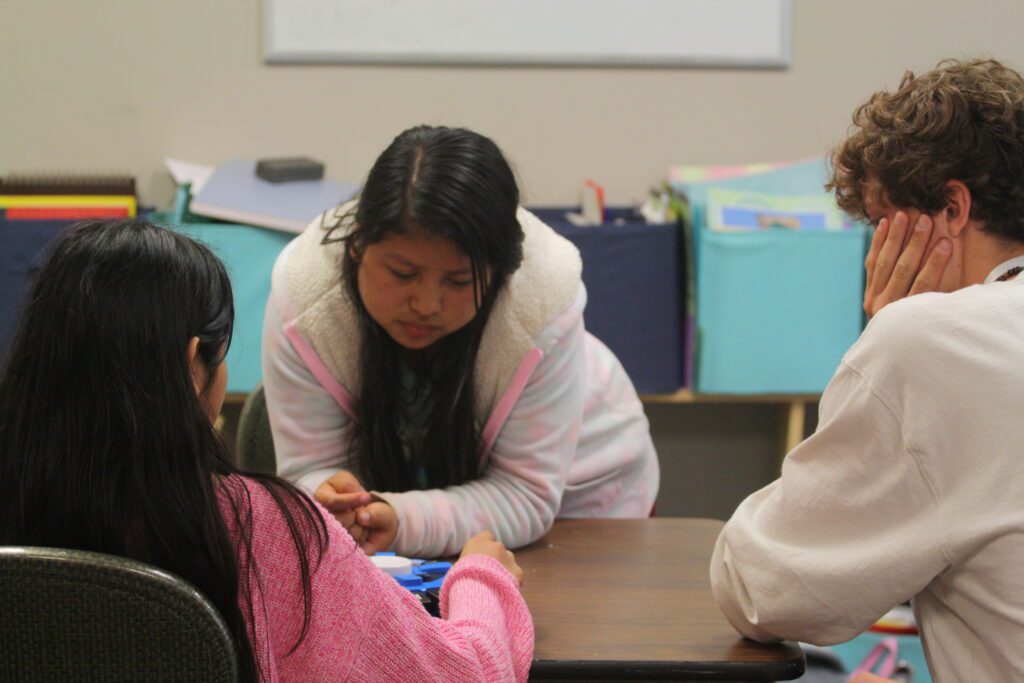
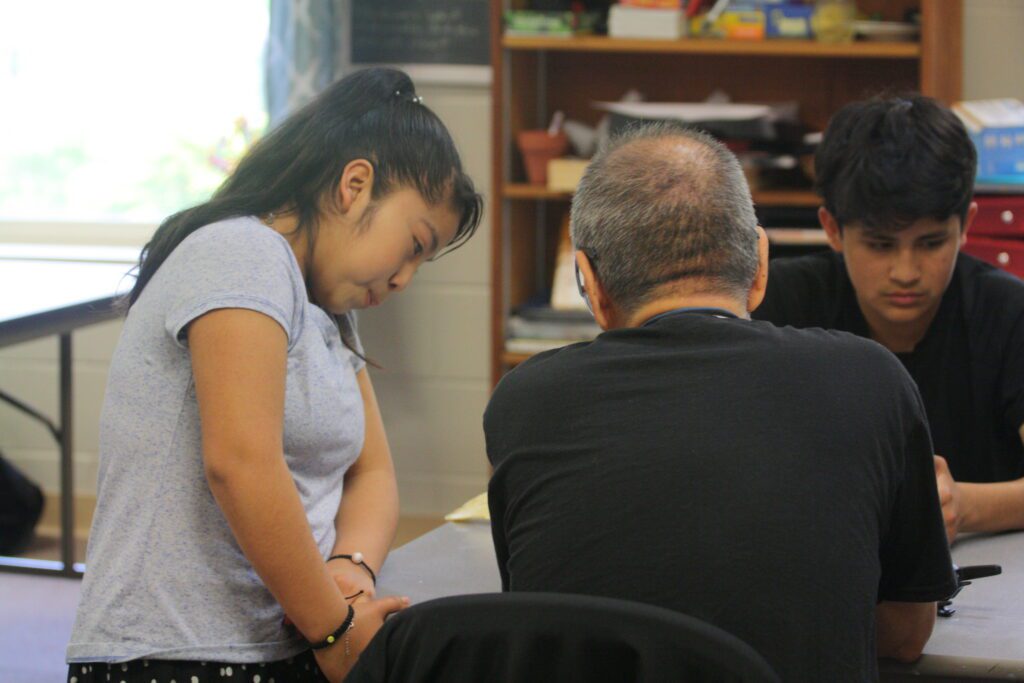
How it works and why it matters
During one Tuesday early into the program last spring, a group of students passed a kickball outside of Boone UMC — soaking up every minute of play before work began.
Students usually arrive from 2:30 to 2:45, either in a church van from Parkway or with adult counselors from Hardin Park across the street. Then, the program’s daily schedule starts with free play and indoor or outdoor group activities along with a snack before homework time and tutoring. On this particular Tuesday, students were especially excited about their Takis Blue Heat snack bags.
“They were so excited for those — they’ve been begging me for weeks,” Wood said. “The kids have said that playing is a lot of fun, but they’re really tired of doing homework, which makes a lot of sense. But whenever we play the fun and educational games, that’s when they really have fun, because we kind of trick them into learning, which is always fun to see.”
After free play and group activities, students shift to homework time from 3:30 to 5:00. Bilingual staff members work with different students to help them with their homework and English, while volunteers fill in where they can.
During the day, the church building space is rented out to a local bilingual Montessori school, so there are also various language lessons and posters throughout the classrooms.
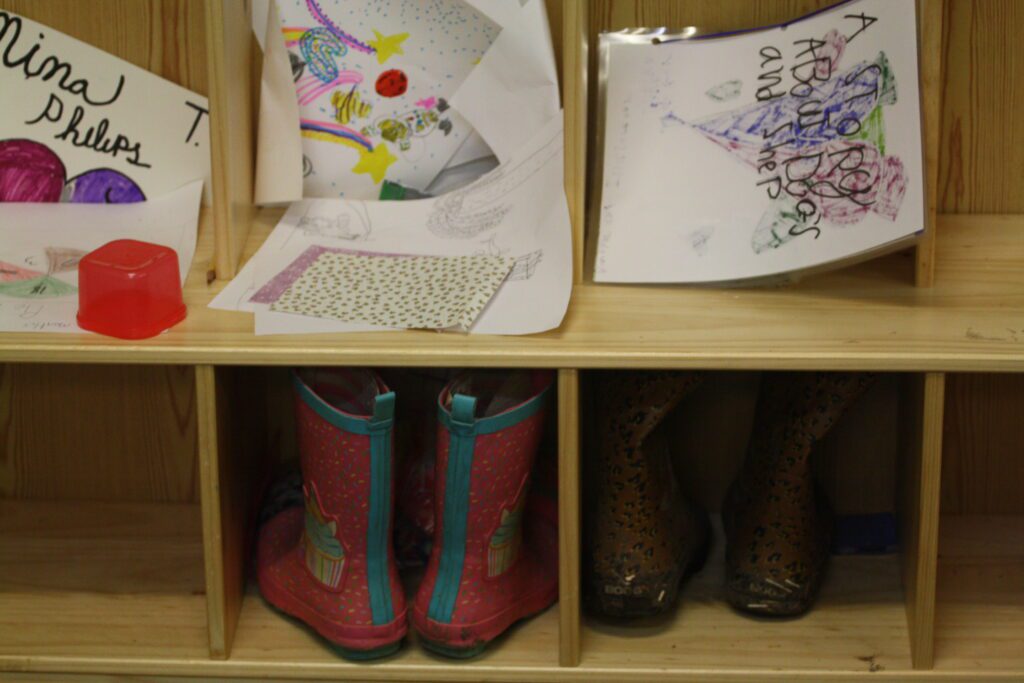
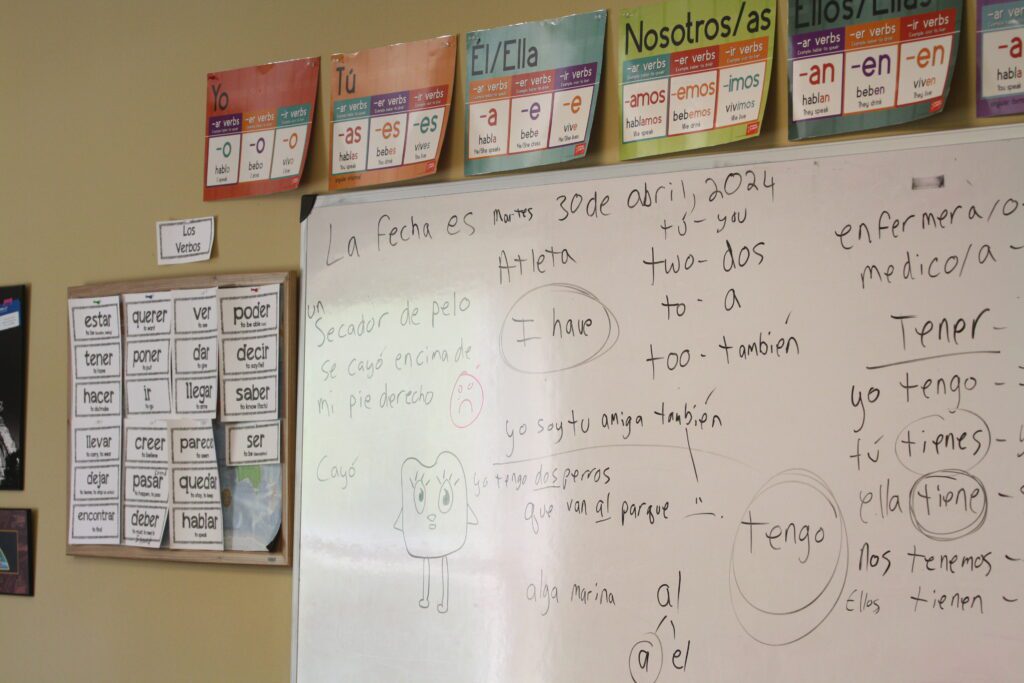
Sometimes, if students finish homework early, program staff members will give Spanish and English lessons or show a movie in English or Spanish until parents arrive for pickup.
Wood said the program uses a mix of materials from her college Spanish courses and donated ESL learning books to teach students.
“So part of the time we’re working with kids in workbooks,” she said. “And then other times, they’re working on their own homework, and we’re just helping them to translate it or helping them to study vocab words that they’ll need for an upcoming class.”
About half of the Spanish-speaking students in last year’s program knew some English when they entered, Wood said, while the other half knew very little.
Regardless of where they started, she said all students had made some progress a few months into the program — and most importantly, gained confidence.
Renata, a then-fourth grader, said that while playing and snacks were her favorite part of the program, she was really grateful it helped her improve her English.
“I like that the program is in English and Spanish because to talk in English is hard, but good to learn,” she said.
While helping multilingual students learn English was a main goal of starting the program, Wood and Byrch said forming relationships was also important.
“My favorite memory is that I met her,” Renata said, pointing at a fellow student, Dulce. “And other friends, and to be with my friends from school.”
Another goal of the program was to build connections across cultures. Each semester, there are a few spots for English-speaking students.
Kim Carter, a counselor and single mom, said she was struggling to find affordable afterschool care when she learned about the program.
Her daughter, Molly, attends Hardin Park and can walk to the program. But in addition to the convenience and affordability of the program, Carter said it was also a great opportunity for her daughter to learn Spanish and learn about other cultures.
“I just really appreciate the opportunity to have a little bit more time to work, and have my kid in a program where she can start to learn, or at least be exposed to Spanish.” she said. “What I’m hoping is over the next however many years, maybe she’ll make some friends so that we can kind of bridge that a little bit. So it’s just been great.”
There are other benefits to the program, too.
“Evidence shows that afterschool programs help support the social, mental, and emotional well-being and development of children,” Boone UMC’s website says. “Benefits include academic support, increased school participation, increased environmental safety, and formation of healthy nutrition and physical activity habits.”
For Spanish-speaking students specifically, Wood said the program is an opportunity to learn in an environment they are comfortable in.
Most of her students, Wood said, spend eight hours of the school day with teachers who don’t speak the same language as them, not always understanding the people around them or being understood themselves. For a few hours each afternoon, the afterschool program gives them a different experience.
“I think often times, people in Boone who speak other languages, they’re often forgotten about or marginalized, or they just aren’t provided with the same opportunities,” she said. “And so I think this program is fantastic for kids so they can be seen. …The beauty of this program is they can come here and be around other Spanish speakers and Spanish-speaking staff and be themselves and be heard and be seen and have fun while doing that.”
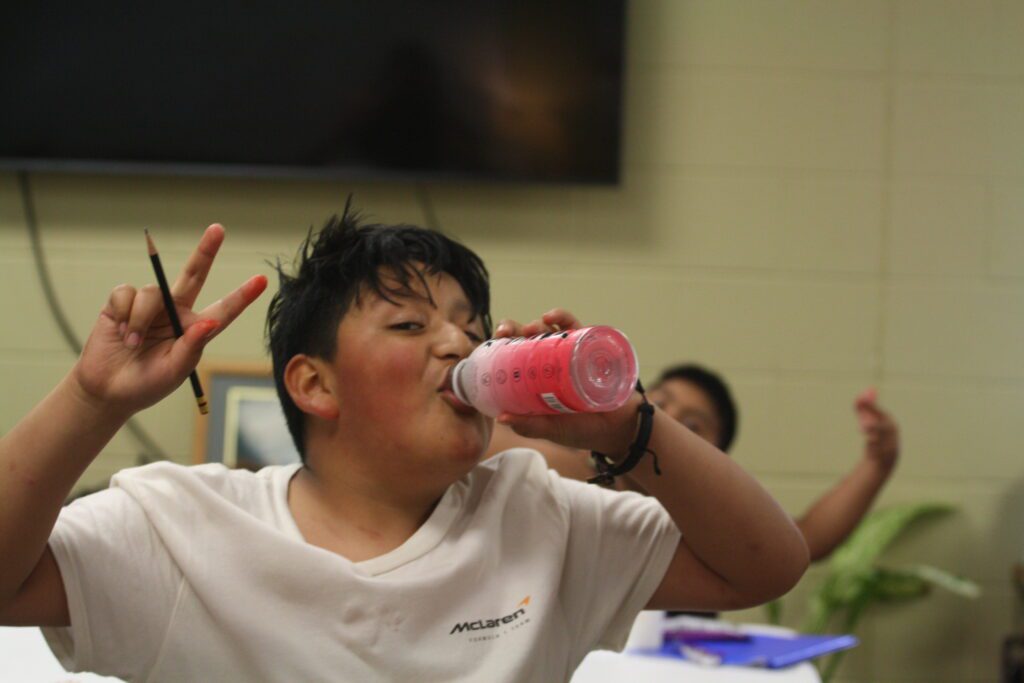
Hopes for the future
The program has already expanded since its start, but Wood and other church leaders are looking to expand further.
So far, the church has worked with school leaders to identify most of the students, though some have signed up my word of mouth.
Currently, the program is funded through a mix of church and district funds, and some families also pay toward the program.
The church is hoping to increase funding for the program — and eventually self fund — in order to reach and serve more students.
“Dreaming big, I would love to offer the program to all of the primary schools in Watauga. …I really want to be able to offer the program and the resources to anybody, regardless of finances, or transportation, or any other sort of barrier,” Wood said. “And much further in the future, I would also love to provide services for surrounding counties and to high schoolers as well.”
While church leaders dream for the future, they are grateful to have so much support from the school district and community members.
Most importantly, they are grateful for the opportunity to serve students.
“We’ve received so many donations of food and money and of time, and it really impacts the kids in a positive way because these random people come in and drop off food and they see that other people in the community care about them,” Wood said. “And when members of the church come by, it’s another moment where they can be seen and heard. And so community and church involvement and support has been absolutely fantastic.”
You can learn more about the program, and reach out about enrollment or opportunities to volunteer, here.
Behind the Story
This story is a part of EdNC’s faith work. If you’d like to share your faith story with us, reach out to hmcclellan@ednc.org.




